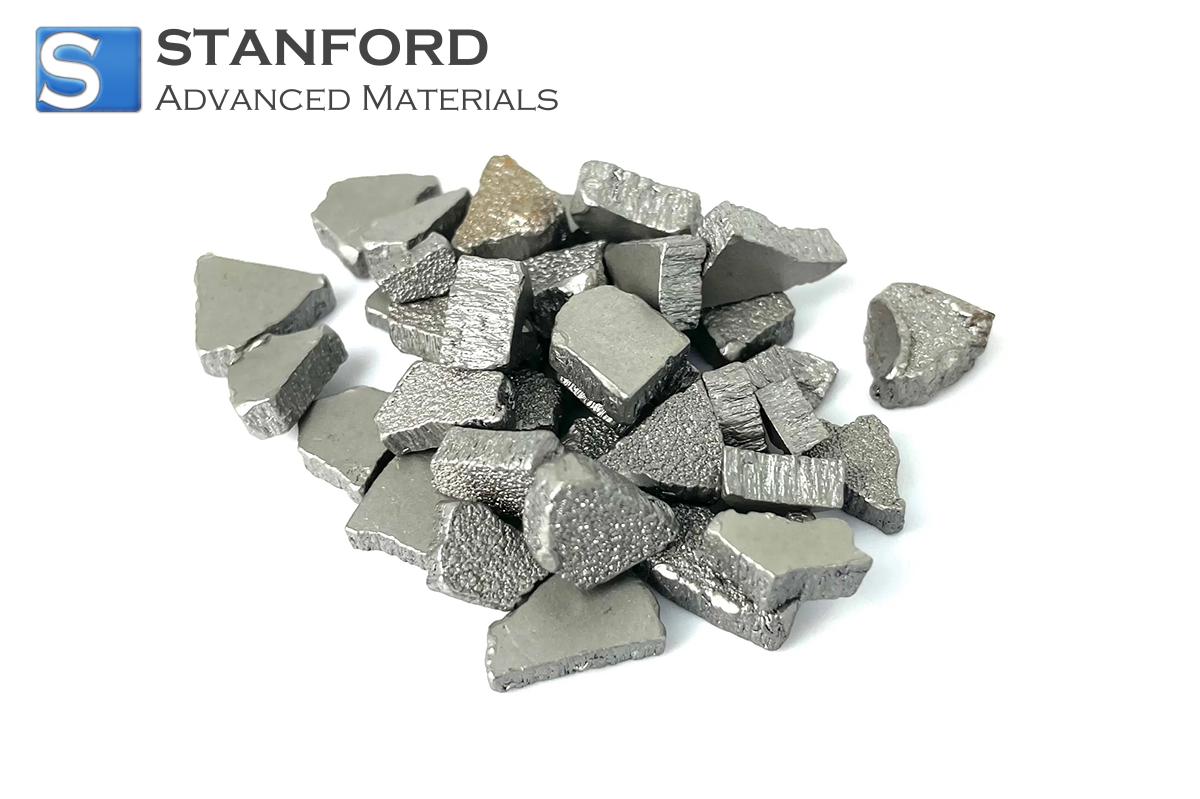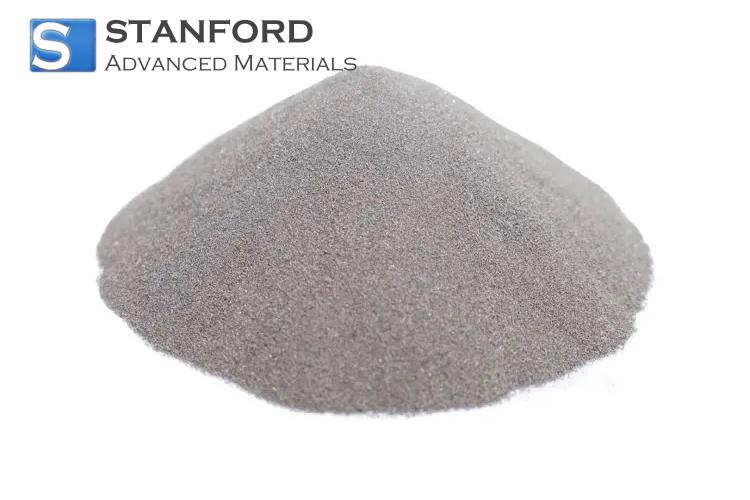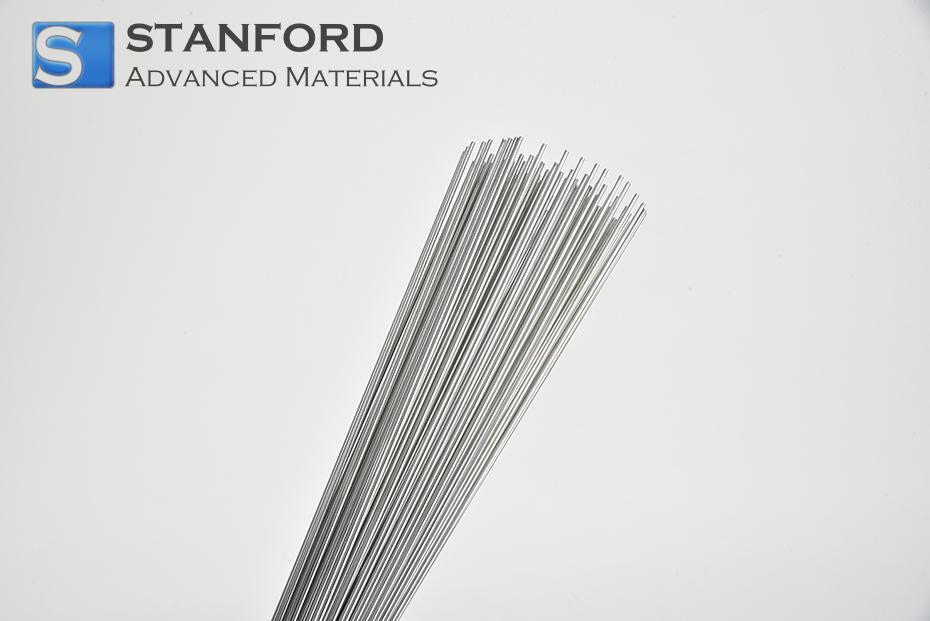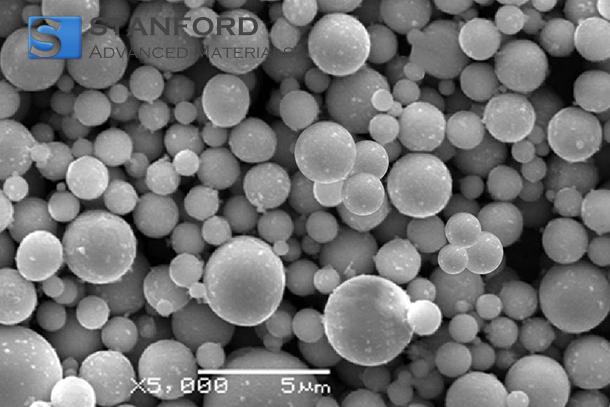Magnetostriction And Transformers
Have you ever stood near an electrical transformer? You have probably noticed a prevalent low-frequency hum. It is nothing more than a minor annoyance, but that sound is the audible signature of a quite interesting physical effect: magnetostriction. This effect is important, not just to understand the operation of transformers but also for issues related to efficiency, design, and choice of materials in electrical engineering.
Understanding Magnetostriction
Magnetostriction is a property of ferromagnetic materials where a change in magnetisation results in mechanical strain; the material slightly expands or contracts as the magnetic domains align with an applied magnetic field. In general, transformer cores consist of silicon steel laminations that are highly magnetic and hence prone to the effects of magnetostriction.
When an alternating current flows through the transformer's primary coil, it sets up an alternating magnetic field in the core. The magnetic domains within the steel shift and align repeatedly with the changing field; this repeated expansion and contraction of the material occurs at twice the frequency of the AC power supply. If standard power is 60 Hz in the United States, then the steel core vibrates at 120 Hz and develops the characteristic hum.
From Microscopic Domains to Audible Noise
On a microscopic scale, it involves domain wall motion: magnetic domains are small volumes in which all of the atomic magnetic moments point in one direction. As the direction of the external field is rotated, domains rotate or shift in response and, under this effect, minute changes in the dimensions of the crystal lattice of the core material take place. Although each individual change is tiny-less than 0.1% strain-the net effect on a large transformer core can be sufficient to produce vibrations of its iron laminations.
These vibrations are transmitted to the transformer steel tank and structure surrounding it, which also serve as a resonant body amplifying the sound. The result is the hum that is common in homes, offices, and industrial settings. The intensity of the hum can vary depending on transformer size, core construction, and even the quality of the mounting and insulation materials.
Material Factors and Magnetostriction
Transformer cores do not all hum alike. The amount of magnetostriction varies with:
1. Core Material Composition: Standard electrical steel contains about 3% silicon, which, while increasing resistivity and reducing eddy current losses, moderates magnetostriction. Higher silicon contents generally provide lower magnetostrictive strains and thus quieter operation.
2. Grain Orientation: Grain-oriented silicon steel, commonly referred to as GOSS, is manufactured in a way that crystallographic axes align with the direction of magnetic flux; hence, it minimises losses and mechanical vibrations.
3. Lamination Thickness: Thin laminations-about 0.35 mm for standard transformers-reduce eddy currents and distribute magnetostrictive effects more evenly.
4. Mechanical Mounting: Proper clamping and damping of the laminations and tank reduce vibration transmission, and hence audible hum.
Engineering Implications
Magnetostriction is not just an acoustic curiosity; it has practical engineering consequences. Vibrations induced by magnetostriction can lead to:
• Mechanical Stress: The repeated expansion and contraction may eventually fatigue bolts, laminations, or insulation over time.
• Energy Losses: Even though small, some energy is converted from electrical to mechanical and eventually into heat or sound, slightly reducing transformer efficiency.
• Noise Pollution: Transformer hum in urban areas can become an irritation factor and may become a regulatory issue, more so with large distribution transformers.
These effects are reduced by the use of low-noise cores, better damping materials, and improved lamination techniques by engineers. Some modern transformers also use amorphous metal cores; their disordered atomic structure results in significantly reduced magnetostriction, hence quieter and more efficient operation.
Further reading: Magnetothermoelectric Power: Basics and Applications
Measuring and Modelling Magnetostriction
Engineers and researchers study magnetostriction through strain gauges, laser vibrometry, and FEM. These tools enable the measurement of magnetostrictive strain and vibration amplitude with high accuracy, thus allowing the optimisation of core design prior to manufacturing. For instance, FEM can simulate how changes in lamination thickness, core geometry, or alloy composition would affect vibration and audible noise.
Beyond Transformers
Magnetostriction is not limited to transformers. It plays a role in electric motors, sensors, actuators, and sonar devices, where controlled magnetostrictive effects are exploited for precise mechanical motion. The understanding of magnetostriction within transformers gives the basis for designing other devices employing magnetic-mechanical coupling.
Conclusion
This familiar hum from a transformer is much more than just background noise; it is the audible manifestation of magnetostriction—a microscopic rearrangement of magnetic domains that produces macroscopic vibrations. By studying material properties, core design, and mounting strategies, engineers can reduce hum, improve efficiency, and extend transformer lifespan.
Magnetostriction serves to remind us that even within the realm of rather prosaic sounds, there is often an intriguing scientific basis, which quietly connects materials science, physics, and electrical engineering in an important but inconspicuous way. The next time you hear a transformer hum, remember: it is not just noise, it is physics at work. For more information, please check Stanford Advanced Materials (SAM).

 Bars
Bars
 Beads & Spheres
Beads & Spheres
 Bolts & Nuts
Bolts & Nuts
 Crucibles
Crucibles
 Discs
Discs
 Fibers & Fabrics
Fibers & Fabrics
 Films
Films
 Flake
Flake
 Foams
Foams
 Foil
Foil
 Granules
Granules
 Honeycombs
Honeycombs
 Ink
Ink
 Laminate
Laminate
 Lumps
Lumps
 Meshes
Meshes
 Metallised Film
Metallised Film
 Plate
Plate
 Powders
Powders
 Rod
Rod
 Sheets
Sheets
 Single Crystals
Single Crystals
 Sputtering Target
Sputtering Target
 Tubes
Tubes
 Washer
Washer
 Wires
Wires
 Converters & Calculators
Converters & Calculators
 Write for Us
Write for Us





 Chin Trento
Chin Trento



